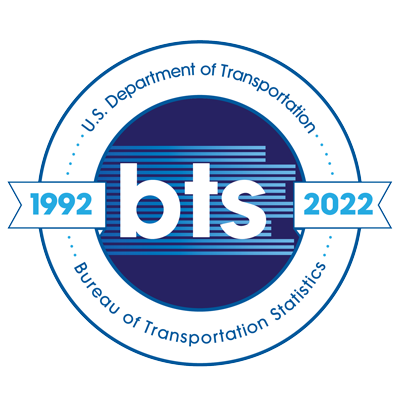Paul Bunyan and Settler Colonial White/Greenwashing of Indigenous Environments
Topics:
Keywords: settler colonialism, traditional ecological knowledge, greenwashing, Minnesota
Abstract Type: Paper Abstract
Authors:
Deondre Smiles, University of Victoria
,
,
,
,
,
,
,
,
,
Abstract
The American legend of Paul Bunyan and his blue ox, Babe, has underpinned popular folk narratives about the development of the United States, particularly in Minnesota/the Upper Midwest, for over a century. The larger-than-life lumberjack is commemorated across the United States with multitudes of spaces dedicated to honoring him and his ‘role’ in shaping the geographies of frontier America.
However, the legacy of Paul Bunyan has a darker side--it serves to obscure the real-life dispossession and destruction of environments and spaces in which Indigenous peoples have inhabited and have had relationships with dating to before colonization.
Building off of the work done by Nik Nerburn in his ‘zine’ In The Shadow Of Paul Bunyan (2014), this paper traces the history of the legend of Paul Bunyan and places it alongside settler colonial development and environmental degradation, bringing these histories into conversation with awareness (or lack thereof) surrounding historical and contemporaneous Indigenous relationships to land and environments in Minnesota. I build the argument that American folklore and the ways that the settler state rhetorically constructs its own environments and geographies serves as a ‘whitewashing’ and elimination of Indigenous environments and geographies, which is part and parcel of settler colonialism. I then turn to the ways in which Indigenous knowledge related to environmental conservation and stewardship can provide an alternative to this historical and contemporaneous dispossession and degradation.
Paul Bunyan and Settler Colonial White/Greenwashing of Indigenous Environments
Category
Paper Abstract








